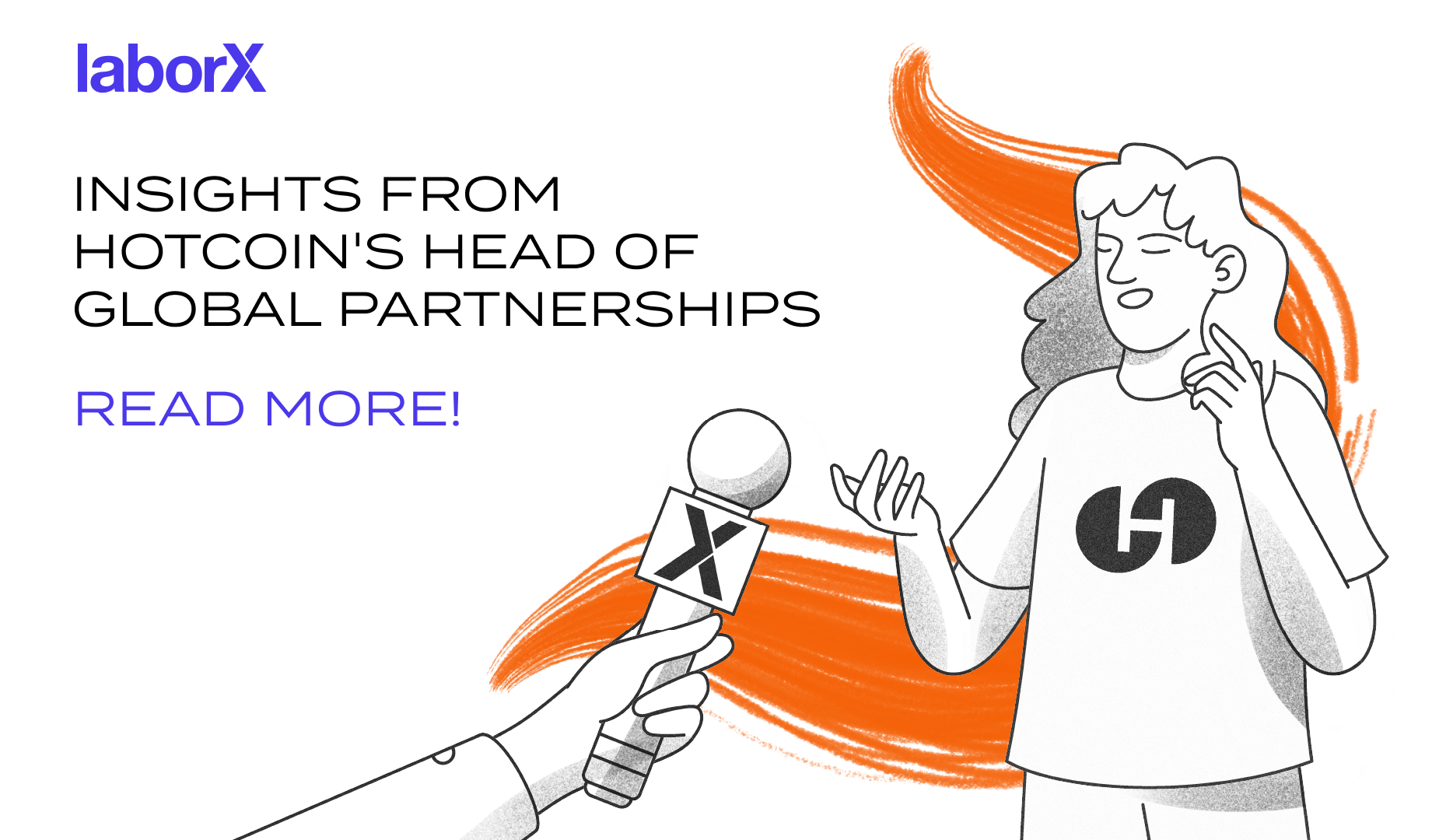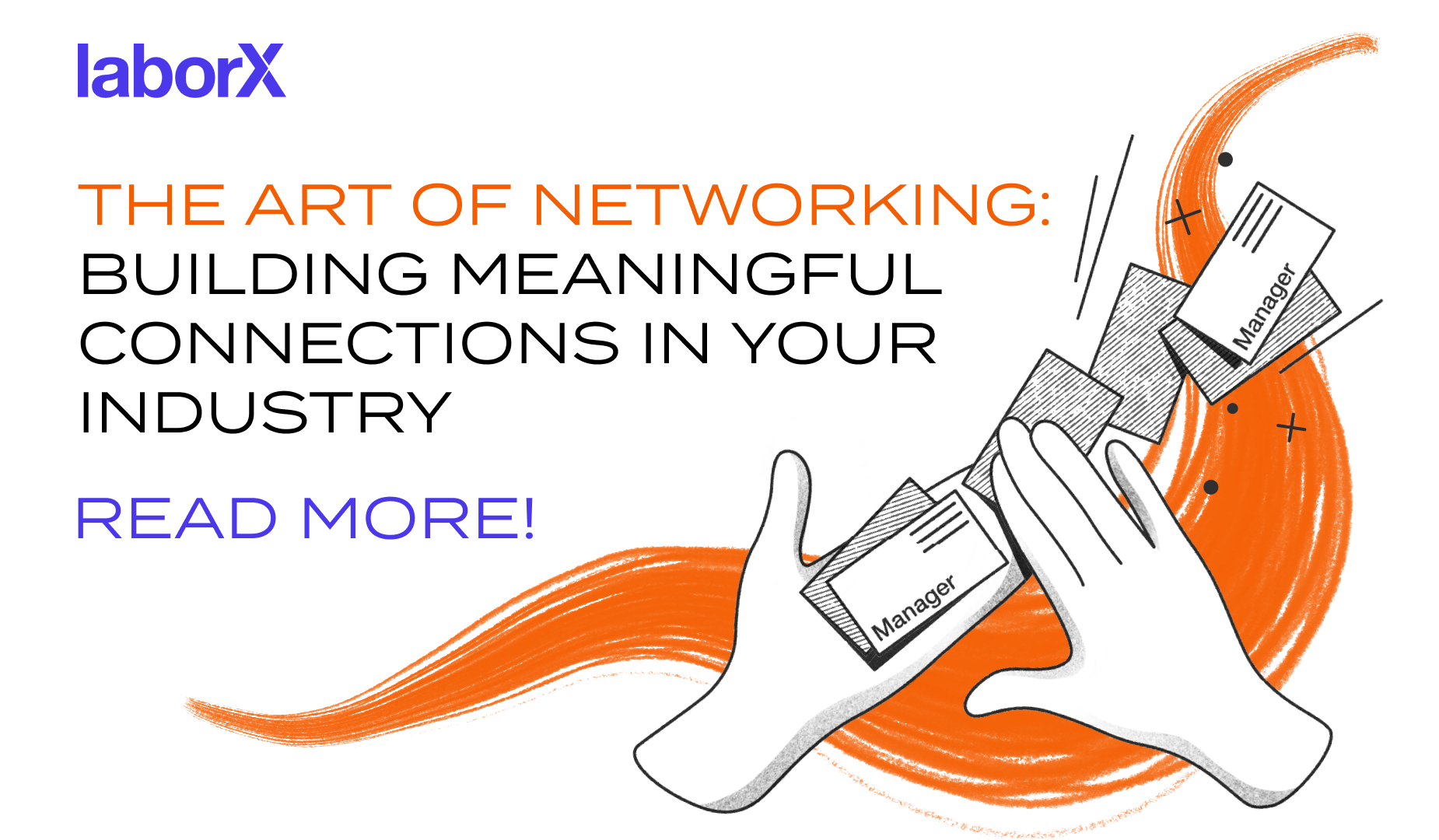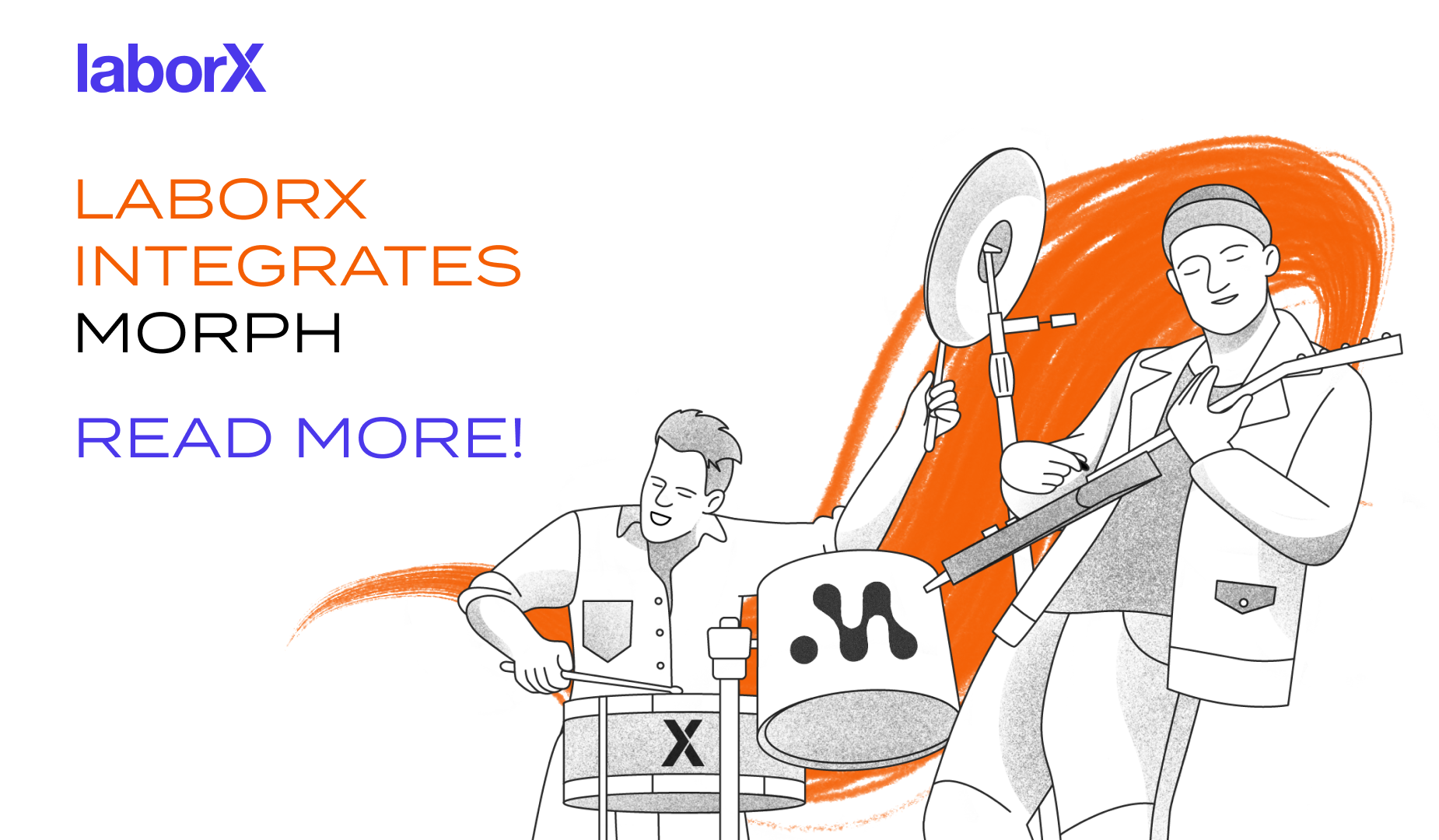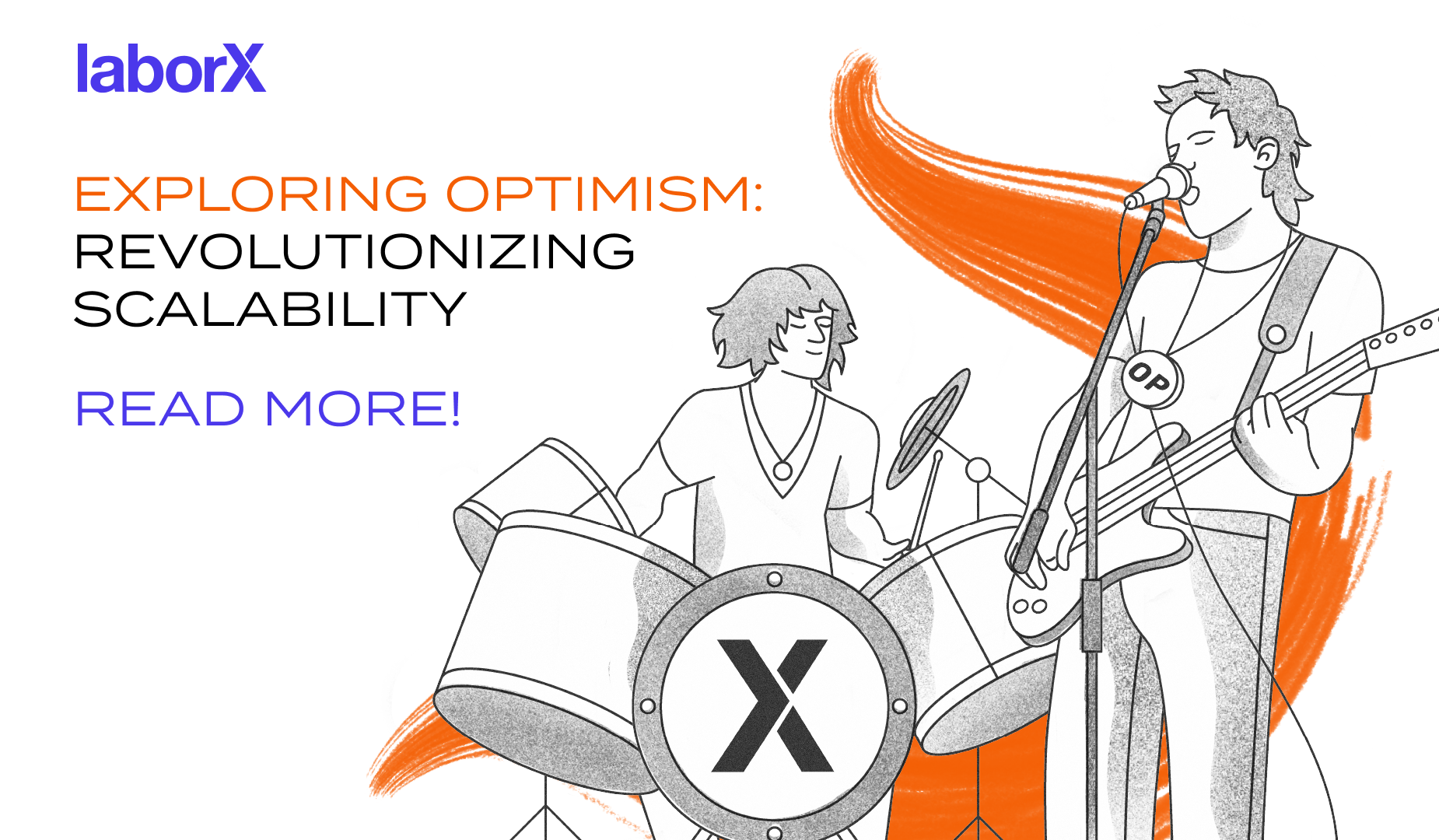When looking to expand your professional network to look for your next job, bear in mind that both who and what you know are important – but maybe not in the way you think.
We’ve all heard the phrase, ‘It’s not what you know but who you know.’
In the TradFi space, this phrase is sometimes used to draw attention to people who lack the competence that other candidates might bring to a job, but who were hired because they (or their parents) knew the boss.
In today’s workplace, the ‘old boys’ network’ is less likely to play a role. What you know, your education, training and experience, are important. That’s particularly true in Web3, which tends to be highly meritocratic. In a world of fast-paced start-ups, where the stakes are high, there’s no room for people who don’t (or can’t) pull their weight.
But that’s not to say that knowing the right people isn’t still important. Having good connections is always going to help you get a foot in the door and give you the opportunity to show a prospective employer what you know.
In other words, Networking is important. So how do you go about doing that effectively in the Web3 space?
The Strength Of Weak Ties
Way back in 1973, 50 years ago, American sociologist and Stanford professor Mark Granovetter published a paper that turned on its head the conventional wisdom about finding a new job. People knew that ‘who you know’ is important, but what they hadn’t appreciated is how well you know them is even more important.
Specifically, it’s the weaker social connections that are more useful when searching for new employment opportunities than a person’s strongest ties. Rather than looking to your closest friends, family and colleagues to give you valuable information and opportunities, it’s those second-order connections – acquaintances, friends-of-friends, people you see less often and know less well – who are more likely to come up with useful suggestions and put you in touch with employers who are looking for someone like you.
There’s a very good reason for this. Your closest relationships are with people who tend to move in the same circles as you, who know the same people, and have access to the same information. When you move outside of that immediate network, you come into contact with people who have new information and a greater number of novel connections.
Granovetter’s theory was confirmed by a huge LinkedIn study. However, while weaker ties proved more useful than strong ones when looking for new opportunities, there is a sweet spot. As Iavor Bojinov, the study’s co-leader, explained, ‘It’s not a matter of “the weaker the better” or “the stronger the worse”. Our results show that the greatest job mobility comes from moderately weak ties – social connections between the very weakest ties and ties of average relationship strength.’
Again, this makes perfect sense, because those second-order relationships will often be in the right field or overall area, but a different part of it that you’ve never been able to access before, while relative strangers will likely be too distant from your sector or interests to be helpful.
Take this on board when you are looking to expand your own network. Initially, look to move one step further out from your existing friends and connections. Not only are they more likely to be able to help, but connecting with them will be easier than approaching complete strangers. Instead of picking random people to follow and cold call, you can seek introductions from your current friends and colleagues.
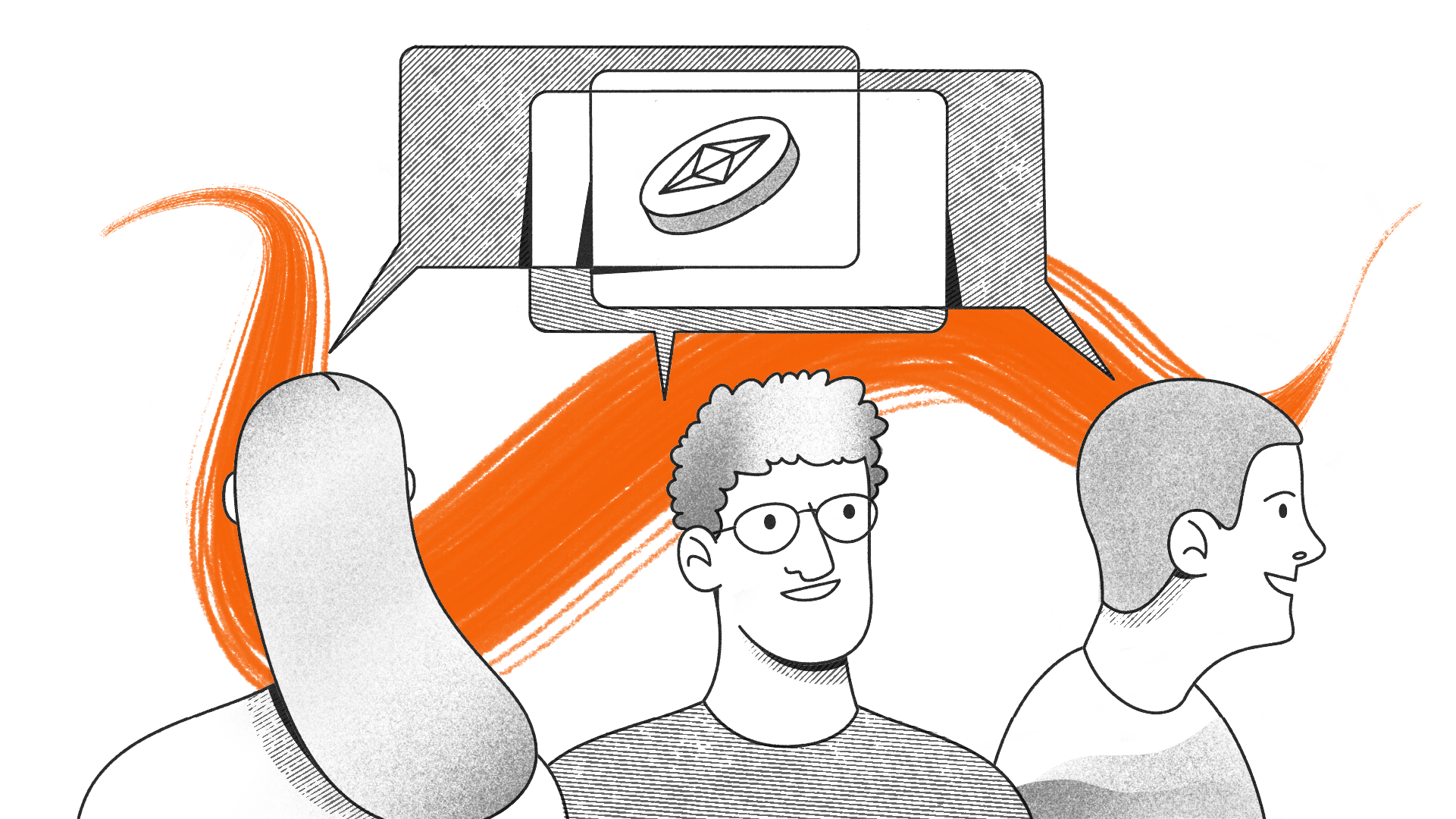
Web3: A Small World
The blockchain space has been growing exponentially since its inception, but it’s still a relatively small world. That’s a good thing, because it means it’s easier to make connections. In the real world, you’re only ever six degrees of separation away from anyone. In the crypto space, it’s probably more like three. If you don’t know someone, then someone you know will know them – or, at the very least, someone you know will know someone who knows them. (Check this principle using LinkedIn, which tells you if someone is a first, second, or third-order connection – you may be surprised.)
The open nature of the space also means it’s easier to meet the right people. Project founders often hang out in public forums of one sort or another, and engage directly with the community in a way that few company owners would in the TradFi world.
What’s more, people are more likely to be helpful given that we’re all working in a fairly niche sector, with many of the same general goals, no matter what the exact nature of the projects they’re involved with. It’s a lot easier to find like-minded individuals than it might otherwise be in the outside world.
Remote Challenges
Web3 relies on decentralised communities and almost all businesses operate remote work policies, even if they do have physical headquarters and offices too. That means it’s possible for employees and community members to engage solely online via social media platforms and messaging apps.
While this is fine for routine interactions, it can have its limitations. These are ‘low bandwidth’ environments that just cannot replace face-to-face meetings or, at the very least, voice and video calls. It’s easy to settle for text-only conversations, but these can be low-effort engagements that don’t help you get to know people better, and means you end up missing out.
Make the effort to go above and beyond the basics. If there are in-person meetups and conferences near you where people and companies you want to get to know have a presence, take the time out to attend them – or even if it’s just your general area of interest, since you never know who is going to be there and what opportunities will present themselves.
On a day-to-day level, use Discord and social media actively, not as a passive consumer of other people’s messages. Get involved in the conversation. Get to know people. Ask questions and ask for help (people are surprisingly willing to help others), and be helpful yourself whenever you can. In short, be visible.
Turn up regularly to Twitter Spaces, ask to speak so people know you (assuming you have something worth saying) and remember you, and reply to tweets with something useful and interesting – not just a generic response.
All of this is part of the personal brand you should build. In the course of doing that, you’re meeting people to learn from, who can point you in the direction of any opportunities that might be a good fit, and who might even work with you directly under the right circumstances.
Provide Value
There’s a story about a man who says to his stove, ‘Give me heat, and I will give you wood.’ The stove (unsurprisingly) takes the opposite view: first wood, then heat. The lesson from that can also be applied to your progression in Web3, and arguably everywhere else in life.
Being active on social media (and ideally in the real world) will get you a certain way – it will get your name out there, for a start. But it still may not be enough. Fortunately, the Web3 world gives you plenty of chances to make more of an impact.
The blockchain space comprises thousands of different projects, of all sizes, and each with their own communities. The users and teams who back these projects interact via a variety of social media apps, with Discord being one of the most important platforms for collaboration (Twitter and Telegram are used more for announcements and casual interactions).
Once you’ve joined the Discord of a project you like, spend a little while getting to know your way around and finding out who the key people are. Then, if you have skills that are useful, offer them – ideally for a specific goal or project, though if you’re not sure how they might be used, then simply ask how you can help. It might be writing code; creating artwork, written or video content; acting as a mod; doing some online marketing; or just about anything else that’s needed.
Initially, this probably won’t be a paid gig. The aims are twofold. Firstly, it gets you noticed: if you’re offering something someone needs, they’re unlikely to turn you down. That’s an instant connection – and one you might not otherwise have made if you simply followed someone on Twitter or connected with them on LinkedIn with a vague message. Secondly, it shows people what you can do and how useful you can be. Best case scenario, you’ll be invited onto the team. There’s a dearth of suitable talent in the Web3 space, so projects are typically glad to be offered time and expertise they’re struggling to find.
Offering your services like this won’t always lead to a permanent, paid role, but it often can do. Giving value in this way is appreciated, and you’ll frequently receive value in return, one way or another.
Remember that in the decentralised environment of Web3, transparency and trust are vital. Treat your connections as you would wish to be treated. (In any case, word gets around quickly and if you don’t act with integrity, that will become part of your personal brand, too – like it or not.) If you do good work, people will be happy to put you forward and vouch for you, giving you access to those second-order opportunities you would otherwise miss out on.
In summary:
- Get involved and be engaged
- Provide value
- Take chances
- Start small and offer your services
- Prove your worth
- Ask for help and suggestions
- When you move up the food chain, don’t forget the people who helped you get there.
Do It Yourself
What happens if you don’t find the opportunity you’re looking for, despite your best efforts?
Well, along the way you will have accumulated a bunch of useful contacts, expertise, and information. Why not put them to good use?
Becoming a project founder doesn’t need to be as daunting as it sounds. At the simplest level, all you are doing is looking for a gap in the market and providing a product or service that other people want. That could be some blockchain tools, cool digital art and NFTs, a new Discord bot, visual content, information about new projects, guides on staying safe and secure, a Twitter account focused on one particular aspect of the space, a new meetup event in your area… the list is literally endless. Of course, if you have a great idea that you think the Web3 world needs to see, then you might consider going the whole way, creating a company or organisation around your product, raising money and hiring some employees – but it’s not necessary to start big.
If you have a great idea but don’t have the confidence or expertise to make it happen on your own, look around for people you trust who can help. Once again, here’s where your new network will come in handy. Not only will those connections you’ve built (and their communities) be among your first users. They will be a source of publicity and promotion, perhaps even partnerships, as well as leads for other team members.
Conclusion
Networking in the Web3 space is surprisingly easy, compared to the efforts you might need to make in the TradFi world. It’s an open space, where transparency is valued, and project communities are typically welcoming. Founders and key team members hang out in public forums that anyone can join, and will generally be pleased if you approach them offering something of value.
Once you’ve showcased your skillset, it’s not much of a stretch to leverage your new connections – either to gain a job directly, or to secure introductions to teams who are looking for someone like you. Be outgoing, be helpful, provide value, and the rest should come naturally.
